Digital Asset Philosophy

This post actually isn't about shilling blockchain. It's a discussion highlighting my journey and complete change in mindset towards managing a digital presence and building business online.
"Just Make a Website"
As an entrepreneur, I've always been faced with the challenge of marketing. When I was younger, my mother started a loose-leaf tea shop, and wanted to put her store online. It was actually the right move, but we were overwhelmed in 2008 trying to figure out the best way to get an e-commerce store with very little cash.

Hearing about people coding their own websites, I thought it was about learning to code and doing everything yourself. Over time, I realized that wasn't true at all. As more tools like Shopify and social media lowered the physical challenges to starting a business, building became less of an issue. Marketing and sales were the hardest part.
"Just Advertise"
In a similar vein, mass messaging or posting on social media wasn't very helpful either. Whether it was for advertising my businesses, I felt like most of the advice was focused on corporate notions of: advertising and influencing.
From education and experience, large corporations don't always make the most efficient moves. Usually the smallest growth companies or individuals find the most direct solutions through trial and error out of desperation. As an individual, I don't have the budget to pay celebrities or pay for large social media marketing campaigns so any asymmetric advantage is always welcomed.
What Changed?
My wife, Esther, opened my eyes.

When I went to Stanford GSB, I had the opportunity to bring my entire family to the program with me. We lived in the small family housing with the other graduate students that brought their families as well. Esther was a photographer and had built up a small business. She didn't have any formal business school training at Stanford or Wharton, but she had a really brilliant breakthrough.
She just generates digital assets all of the time. For her photography business, she created a photography portfolio where she also uses to allow her clients to download their photos directly. She never went on any marketing campaign, she just added to her website and even better, our friends would tag her when they posted their brand new family photos. Word spread quickly, and everyone wanted to capture their memories of their time at Stanford and it also allowed us to make a lot of friends.

Esther also paints and started to create digital art. Since her products are natively digital assets, she made another website where she put her art up for sale. The product naturally sell themselves and they never go away. If someone orders, the prints are drop shipped. She has no real pressure to sell anything. It's a passion project and she just lets it grow organically.
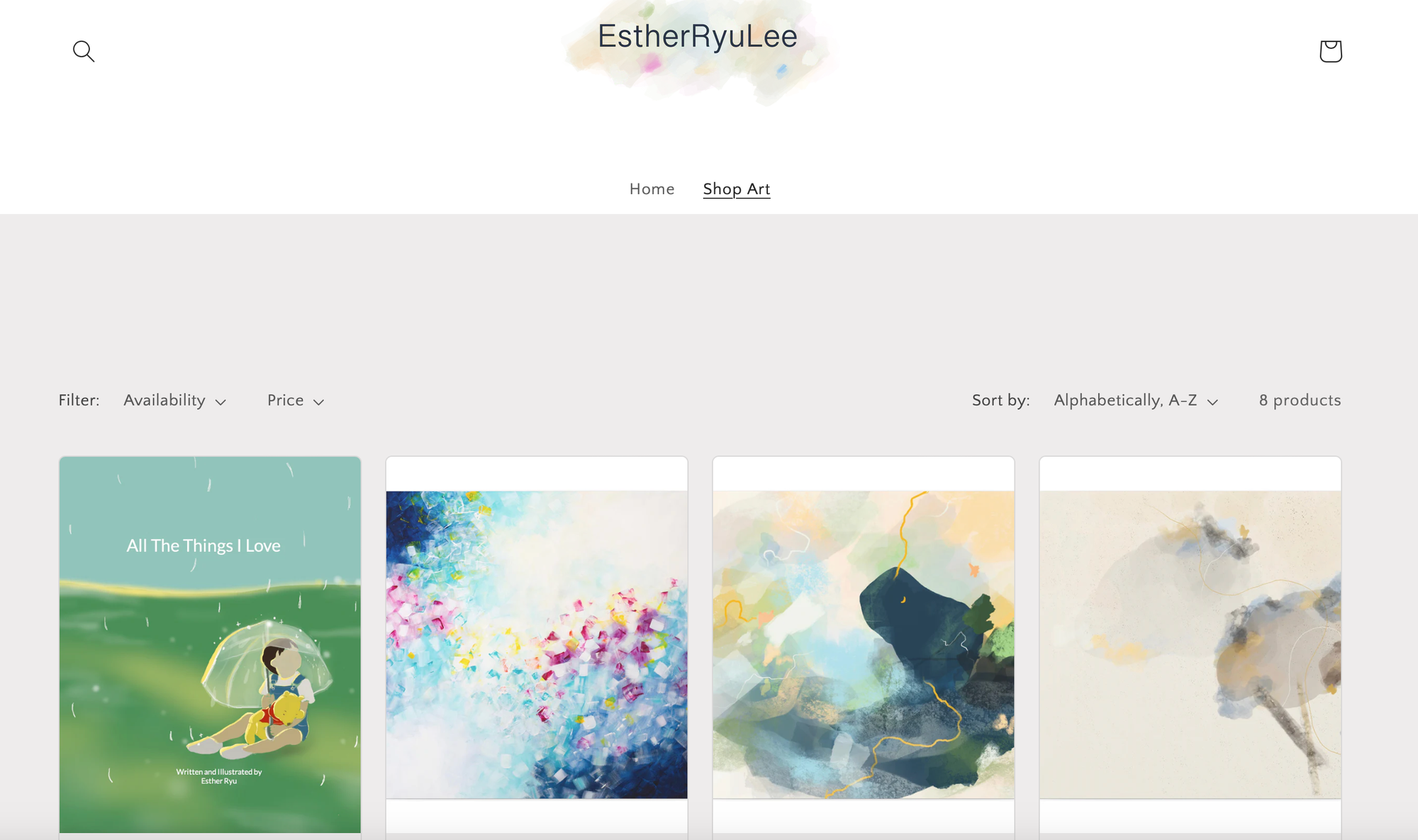
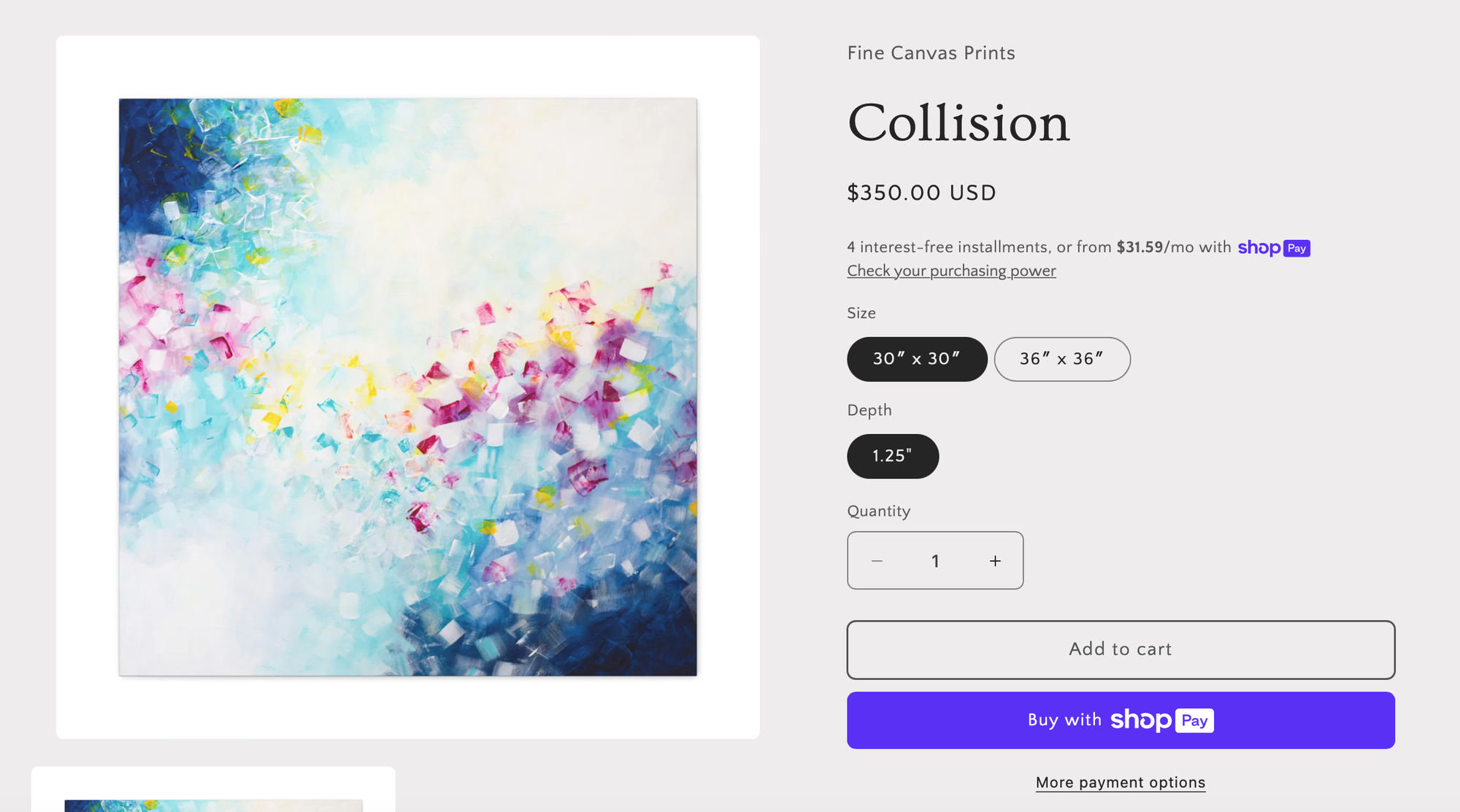
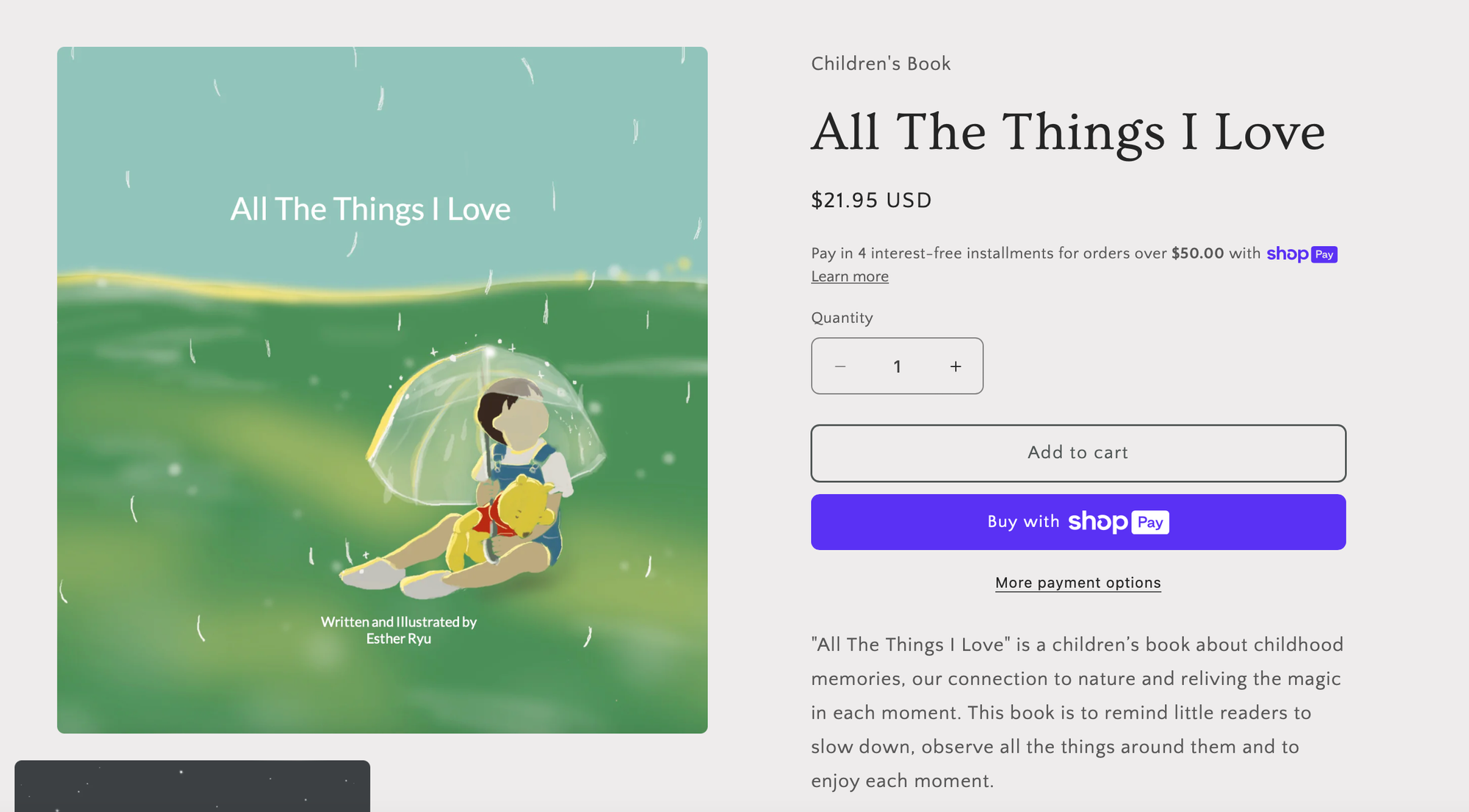
In a place where everyone was trying to build the next billion dollar startup, Esther's artistic hustle businesses were pretty much the anti-startup (I'll have to write about this idea more). She doesn't consider herself an entrepreneur at all, but to her credit, she's been successful at every business endeavor she has started and is the queen of getting to positive cash flow quickly.
Introspection for My Work
My primary career is building my current venture, Veridian Industries, Inc. In the world of deep tech, the game right now is anachronistic. It generally follows the last generation of influencing vs. creating. Content and depth of thought take a back seat to influencing. I feel like there is an opportunity for a creator model, competing on depth of thought.
It's tempting to put all of my time and attention there, but in a world where I am selling a super counter-intuitive idea (see the Veridian Master Plan) I didn't feel that was going to get me anywhere.

What I Did Instead
I went a different route with Veridian and just focused like Esther on applying a "digital assets based approach" to my journey. Coming from a field like nuclear, having any sort of public presence was emotionally difficult to get over. A lot of my life/career has been pretty crazy and in my 20's I was always anxious handling confidential or federally regulated information. There were also a lot of limiting beliefs about marketing myself as well that I had to get over (check out "Limiting Beliefs" article).
Personal Branding
1) LinkedIn
I started with sprucing up my LinkedIn page and posting more often about general insights about a wide range of topics. I was tempting to just leave LinkedIn like a digital resume, but posting more often about my company and my general insights has invited discussion and opportunity for my network to engage me. I've also networked and invited a lot of conversations with investors through this approach.
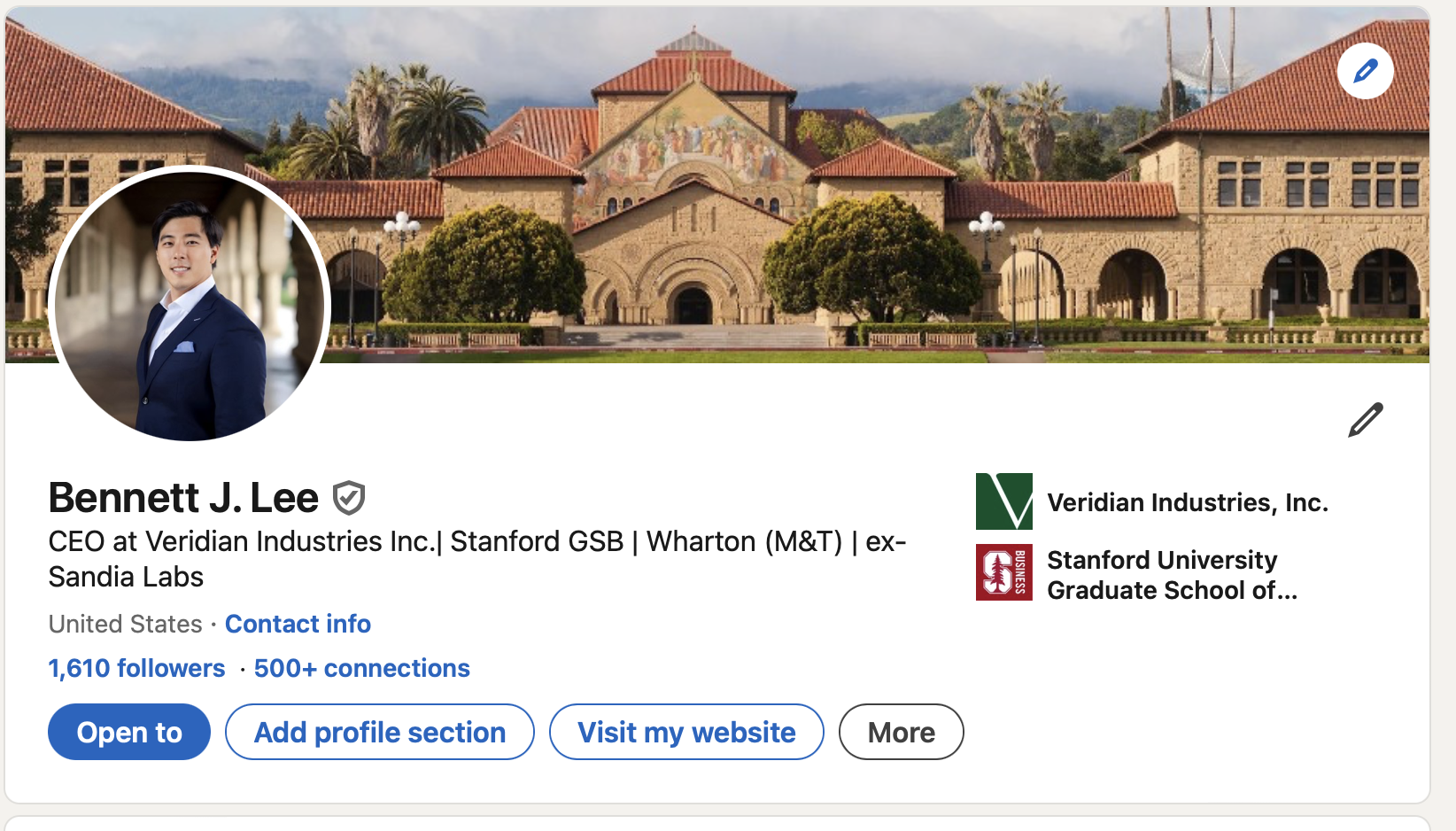
2) Personal Website (www.BennettJLee.com)
Of course, I also made this personal website for myself. At first, it was tempting to just reduce it to writing authoritative thought leadership posts to build a personal brand, but recently I've expanded it to just writing any sort of helpful content that I feel like creating (see "Honestly Expressing Myself").
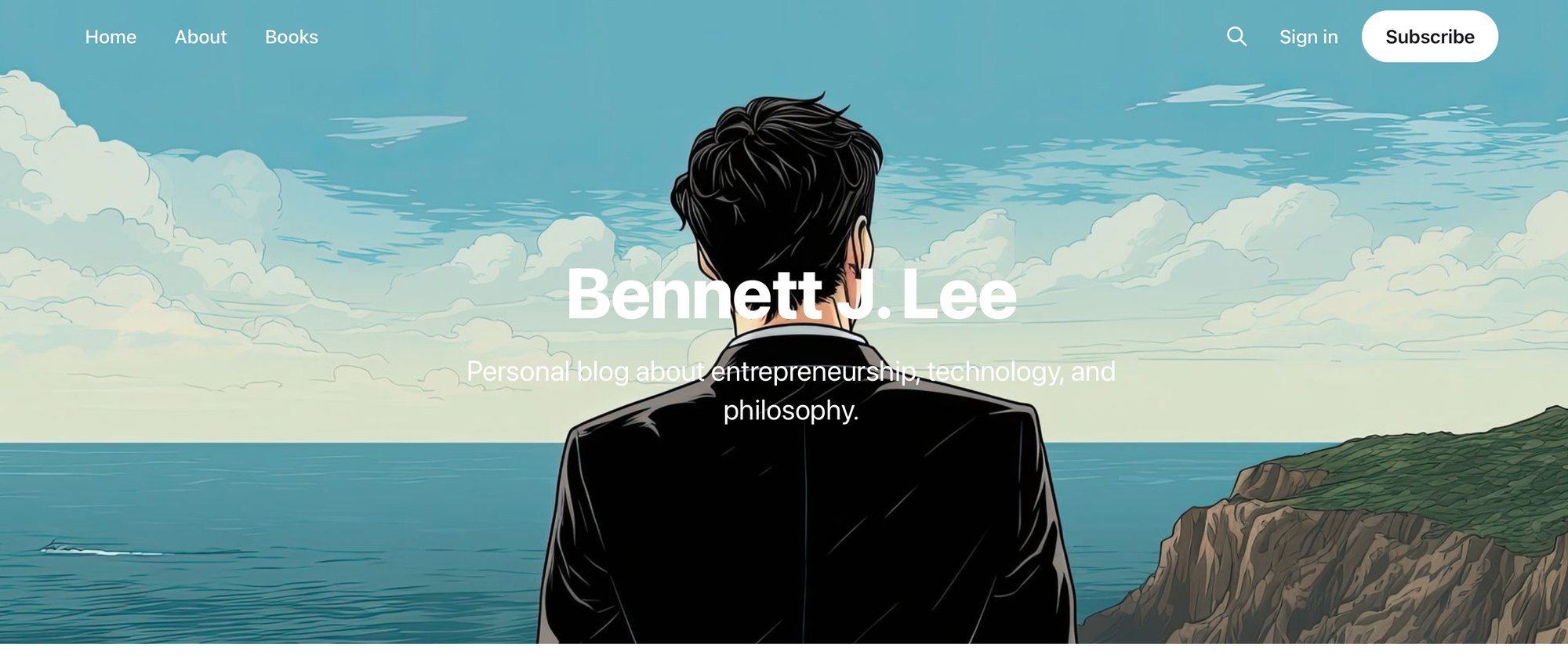
My personal website has been the most rewarding part of this journey for me. Each article I've written has enriched my life. It feels as natural as breathing now. After a year of developing it, I'm now at the point where I can build on content I've already written to develop more substance to my ideas. Being able to just hyperlink to thoughts I've already articulated has been completely game changing.
At 33 years old with expertise and experience, I finally felt comfortable just writing my own insights and analyses on a wide variety of topics. I have so many thoughtful discussions with my network, whom I am grateful for being such accomplished people, that I found myself regurgitating the same long thoughts. Now, I can just send something I've already written or articulated. It's super convenient.
What I did for Veridian
1) Website
I first created a website for the company (www.veridianindustries.com). Admittedly, it still needs a lot of work, but in the short-term, I only wanted to accomplish two things:
1) Have a webpage for people to visit
2) Draw attention to the company's thesis via the Veridian Master Plan
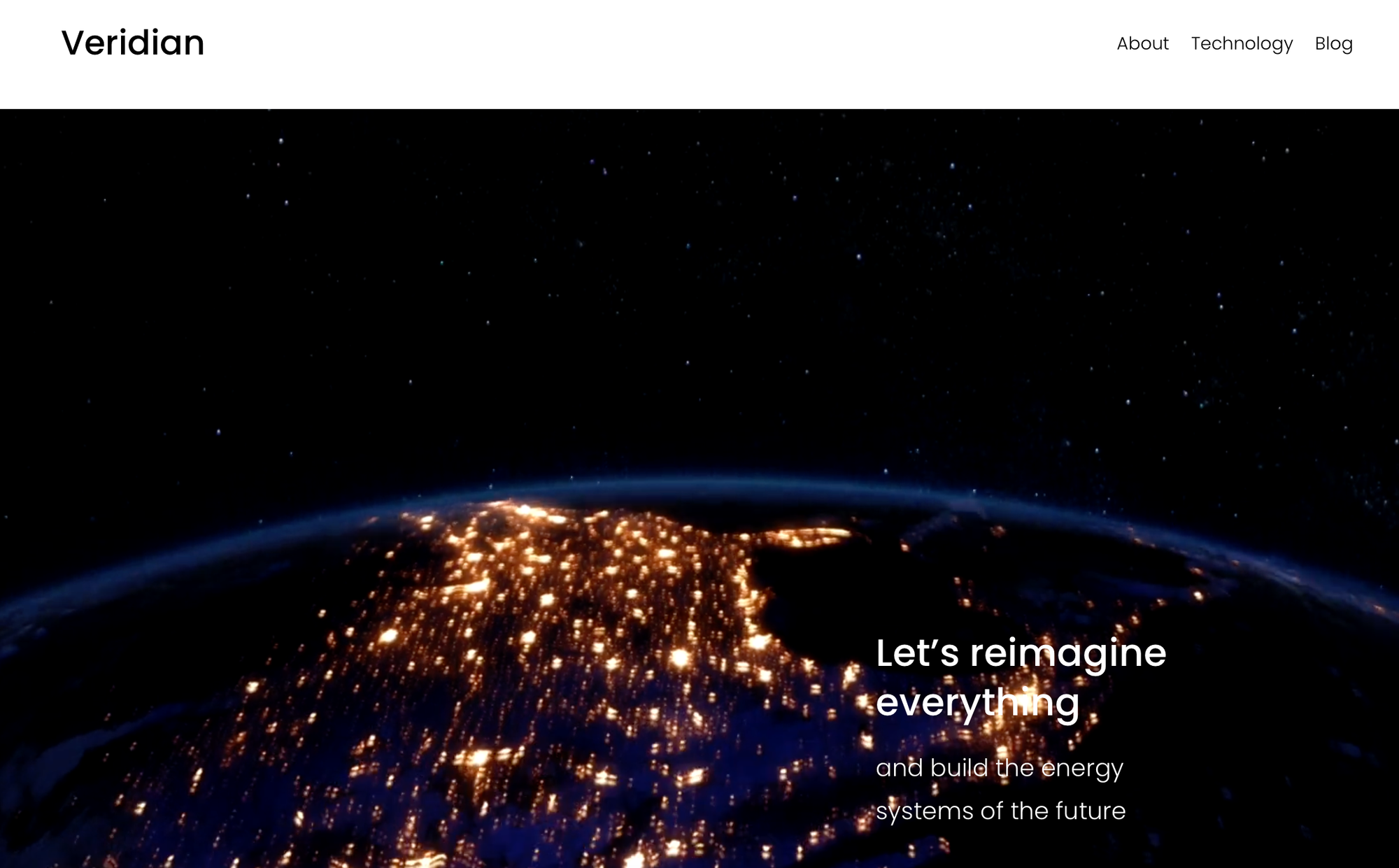
2) The Veridian Master Plan
The Veridian Master Plan was an idea from my great friend from M&T/Wharton and company advisor, Alek Ferro. I had a whole thought process for how to transition the world to sustainable energy, but it didn't really fit well into a pitch deck nor would a 30 min initial talk with any venture capitalist really work. More importantly, my advisors, investors, and stakeholders really didn't understand the full context of what I was doing.
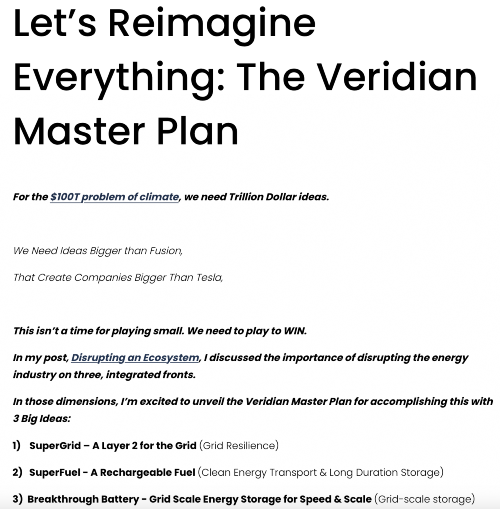
The Veridian Master Plan was basically my magnum opus of my independent study at Stanford where I just used the entire year to develop a venture to solve climate change while working with my network at Sandia National Labs. I get a lot of meetings from current Stanford GSB students trying to develop their own ventures, so it's convenient for me to also just walk them through my thought process with previously articulated links.
At the beginning of the Veridian Master Plan, I even included links in order of how I thought about the Veridian Ecosystem from first-principles:
For more information about the thoughts, insights, and ideas that went into Veridian’s development, please enjoy the following articles:
📝 1) Venture Ideation
📝 2) The $100T Problem
📝 3) Breaking Down Speed & Scale
That work hasn't gone viral yet, but it's been rewarding when people go through it all and react with "huh, that's actually super insightful" or "wow, that just makes sense". It's been a way of engaging people without some weird degenerate schtick. Like my personal website, the more touch points, and hyperlinks to other content, I feel like the vision has started to percolate into everyone that encounters the company in a way that normal advertising and hype vids wouldn't have accomplished.
3) Presentations
Once all of that was created, I felt like the presentation materials I created for the company came more to life. After a decade of doing this, I felt like this was pretty innovative and out-of-the-box. If there are any bold claims about the company, anyone is free to click on any link and knock themselves out to challenge it. I also have created more charts and graphics for the company, which continue to build as "digital assets" for the venture. The vision for the company come alive more and more each day and it has gone a long way in terms of building credibility. If I didn't do this, I wouldn't have been able to open the doors to fruitful business discussions with serious people.









Digital Assets
The digital assets philosophy is about valuing every digital creation as a portfolio of assets that are working for you constantly. They aren't one off pieces of ephemeral advertisements. Some posts can transiently make their way to someone's feed, but the core ideas can be immortal if stored in the right places.
I've felt a depth and abundance from pursuing this approach. There's no expectation of everything being perfect, but instead my work has evolved and grown so much during this period of time. Each website, writeup, or social post has built on itself and invited more opportunities than any other method I've tried. Success feels deterministic just because I'm always moving forward. I also have come to appreciate many of my friends and family also just enjoying the journey, getting to get inside my head and experience this adventure with me.

